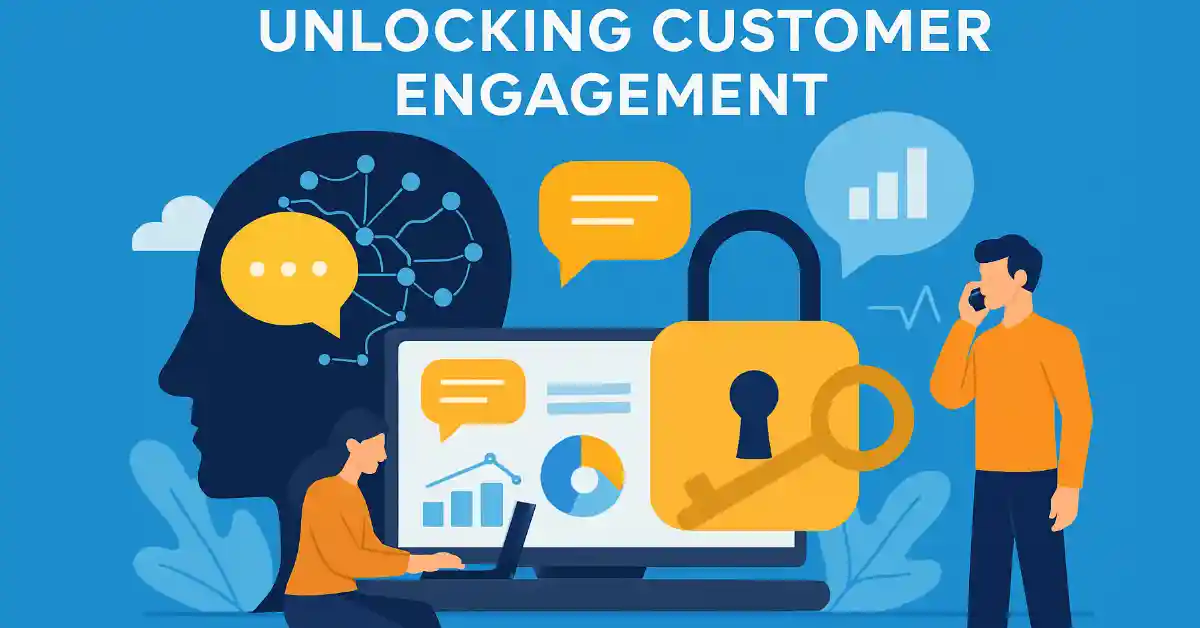The Impact of Conversation Intelligence on Customer Engagement
Businesses are continuously seeking innovative ways to enhance customer engagement and drive growth. A key factor in this endeavor is the effective utilization of conversation intelligence. This emerging technology not only streamlines communication but also provides valuable insights that can transform customer interactions into meaningful connections. By understanding the nuances of customer conversations, businesses can...



